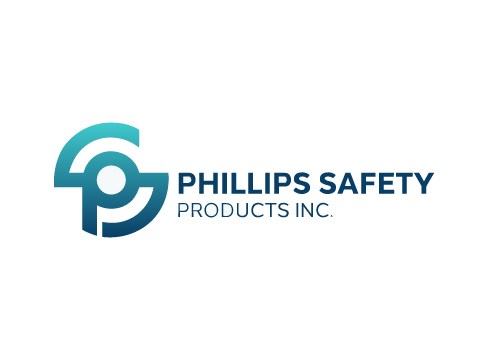Phillips Safety boasts over 100 years in the optical business, having started producing glasses for Bausch & Lomb in 1905. In the decades that followed, Phillips manufactured optical lenses for the military, semi-finished lenses for optical labs to make into prescription glasses, sunglass lenses, and specialty bifocal lenses.
Today, Phillips Safety Products emerged, serving customers in the laser, x-ray, glassblowing, and other safety markets, focusing on diversifying eyewear designs, making them safer and more comfortable.




